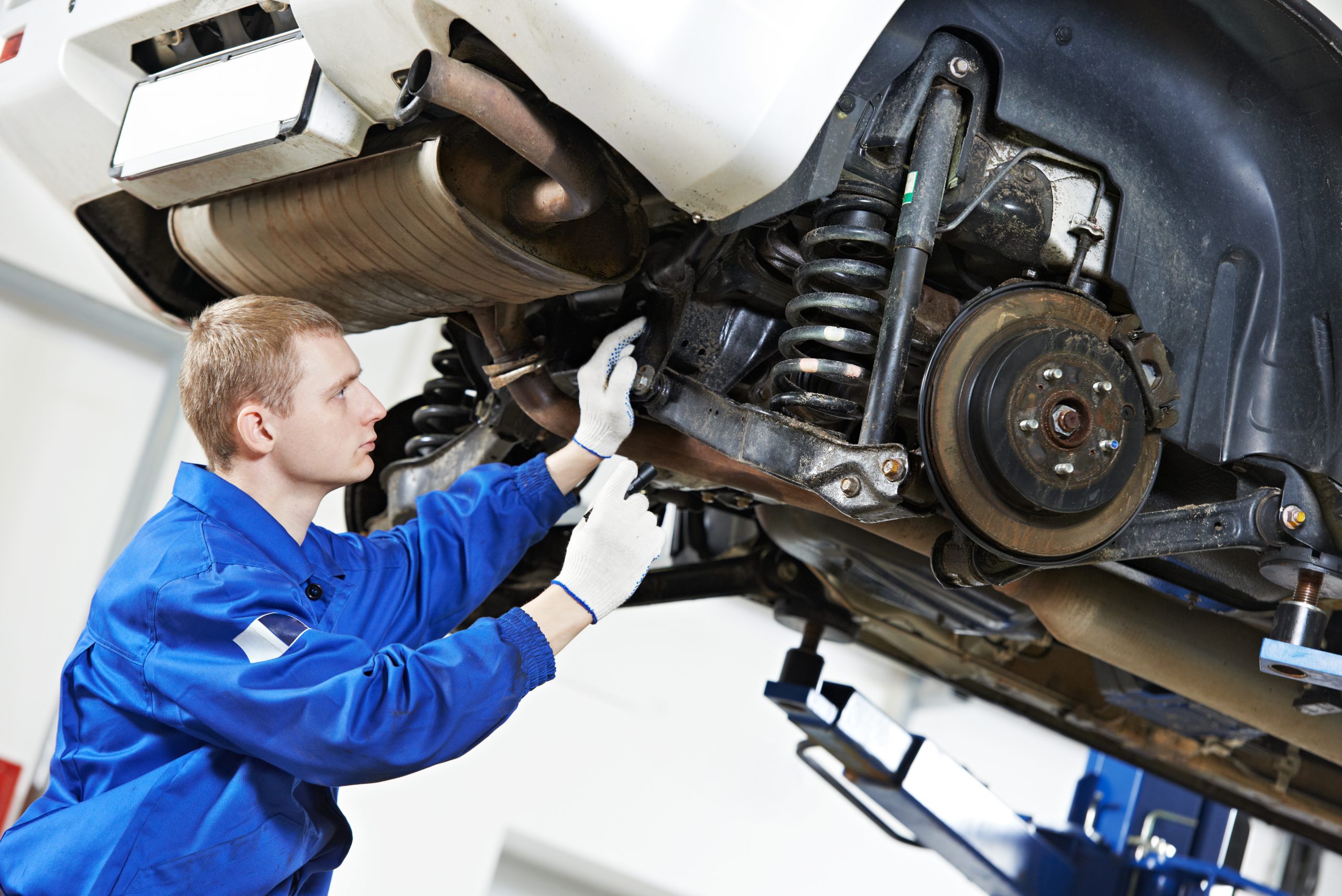All Categories
Featured

2 essential solutions that are usually ignored however have a considerable effect on tire long life and performance are tire turning and alignment. Let's dive right into what tire rotation and positioning are and why they're essential for your cars and truck.
What Is Tire Turning? Tire rotation is the procedure of relocating your tires from one setting to one more to ensure they use uniformly. Because your auto's tires function at various rates depending upon their placement (front tires versus back tires), revolving them frequently helps to distribute the wear equally, bring about a longer life expectancy for your tires.
Tires on the front axle have a tendency to use quicker than those on the rear axle, especially in front-wheel-drive cars, where the front tires take care of both guiding and power. On the various other hand, rear tires could put on unevenly depending on the lorry's weight circulation and driving conditions. By rotating your tires every 6,000 to 8,000 miles (or as recommended by the supplier), you'll guarantee an extra balanced wear pattern.
What Is Tire Placement? Tire alignment, additionally called wheel positioning, refers to changing the angles of your vehicle's wheels to the manufacturer's specs. Proper alignment makes certain that your tires are pointing in the right direction, and it aids maximize tire life and enhance lorry handling. There are 3 primary facets of alignment: camber, wheel, and toe.
Camber describes the tilt of the tires from the front of the car. If your tires are tilted excessive inward or outward, it can cause unequal wear. Wheel refers to the angle of the steering axis when viewed from the side of the automobile. This affects the stability of the steering, particularly when driving directly. Toe refers to the angle at which the tires direct inward or external when watched from above. This affects just how your car tracks on the roadway. An appropriate placement ensures that all four tires are directing straight ahead and are angled appropriately. Misalignment can result from striking gaps, curbs, or just from the wear of suspension elements in time.
Why Tire Rotation and Positioning Matter. Extended Tire Life. Both tire turning and positioning assistance protect against unequal tire wear. When your tires use uniformly, they last longer, which can save you cash over time by lowering the demand for premature substitutes.
Improved Security. Correct tire rotation and alignment improve automobile security and handling. Misaligned tires or erratically worn tires can adversely affect your capability to guide and quit your automobile, specifically in emergency scenarios. Normal maintenance guarantees your tires execute efficiently, supplying a more secure driving experience.
Better Gas Effectiveness. If your tires are not lined up correctly, they might drag versus the roadway surface, triggering resistance. This extra friction can minimize gas effectiveness, causing your car to eat even more gas. Normal tire placement guarantees that your vehicle relocates successfully, enhancing gas mileage.
Improved Convenience. Misalignment or unevenly worn tires can lead to a rougher trip, as your vehicle might pull away or trigger vibrations. By keeping your tires turned and aligned, you'll enjoy a smoother and much more comfortable driving experience.
Indicators That Your Tires Need Turning or Placement. It's necessary to stay sharp for any indicators that your tires require turning or alignment. Look out for these usual indicators:
Uneven Tire Wear: If you notice that a person tire is considerably much more worn than the others, it might be time for a turning or alignment. Steering Pull: If your cars and truck pulls away while driving straight, this can indicate misalignment. Vibrations: If you really feel resonances in the guiding wheel or the automobile itself, it can be an indication of imbalance or unequal tire wear. Squealing Tires: Unusual tire noise can likewise suggest incorrect alignment or the requirement for a tire turning. Exactly how Often Should You Revolve and Straighten Your Tires? Tire rotation need to generally be done every 6,000 to 8,000 miles or as defined in your car's owner's manual. It's an excellent concept to rotate your tires throughout every oil change, as this will assist you remain on top of normal upkeep.
When it comes to placement, it doesn't need as constant solution. Typically, placement should be inspected at the very least annually or whenever you notice concerns like pulling away or vibration. You might additionally need alignment if you have actually struck a huge pothole or aesthetic, which can throw your wheels out of positioning.
Verdict: Maintain Your Tires in Top Forming. Tire turning and positioning are important solutions that maintain your car running efficiently, safely, and effectively. By taking the time to have your tires revolved and lined up consistently, you're investing in your cars and truck's efficiency and longevity, while additionally enhancing your safety when traveling. Keep proactive with tire maintenance, and your automobile will thank you with better fuel economic climate, improved handling, and extended tire life.
Latest Posts
Recognizing When Your Car Needs Professional Auto Repair at Montclare Auto Repair
Reputable Commercial Roofing Providers by Weathercraft
Why Routine Auto Maintenance at Montclare Auto Repair Reduces Costs
More
Latest Posts
Recognizing When Your Car Needs Professional Auto Repair at Montclare Auto Repair
Reputable Commercial Roofing Providers by Weathercraft
Why Routine Auto Maintenance at Montclare Auto Repair Reduces Costs